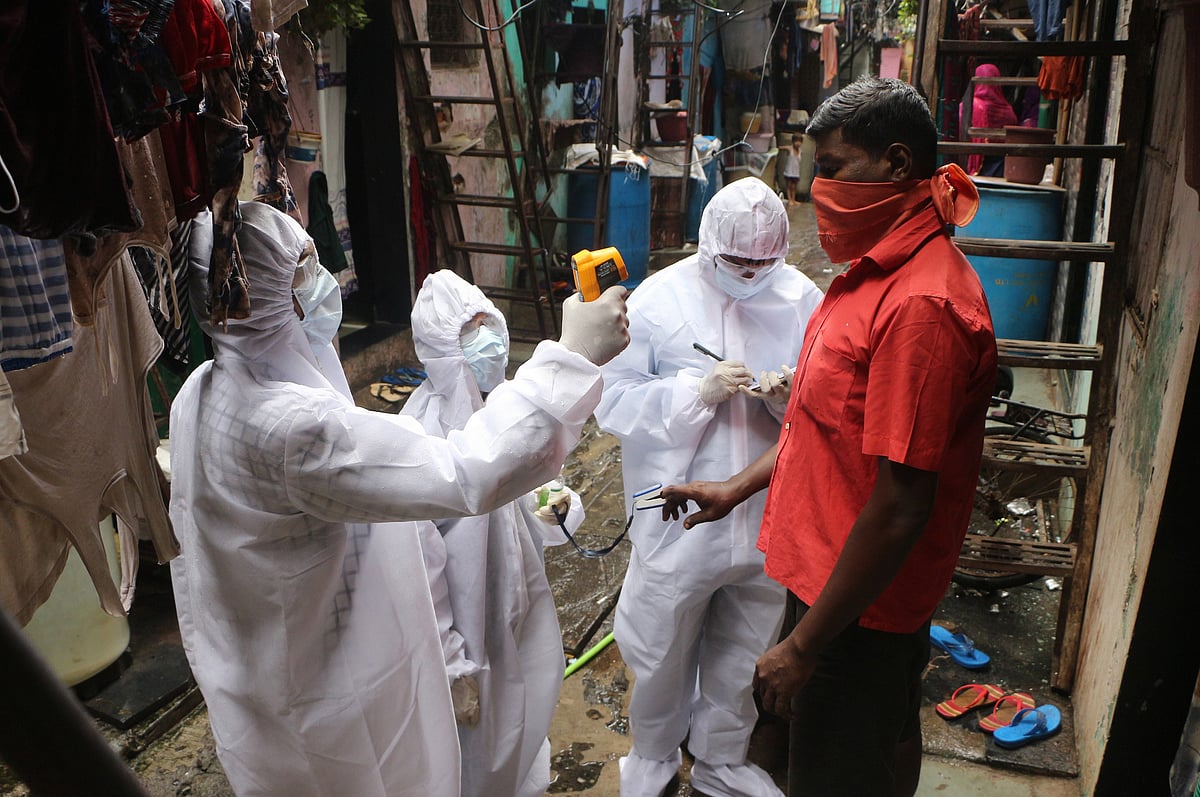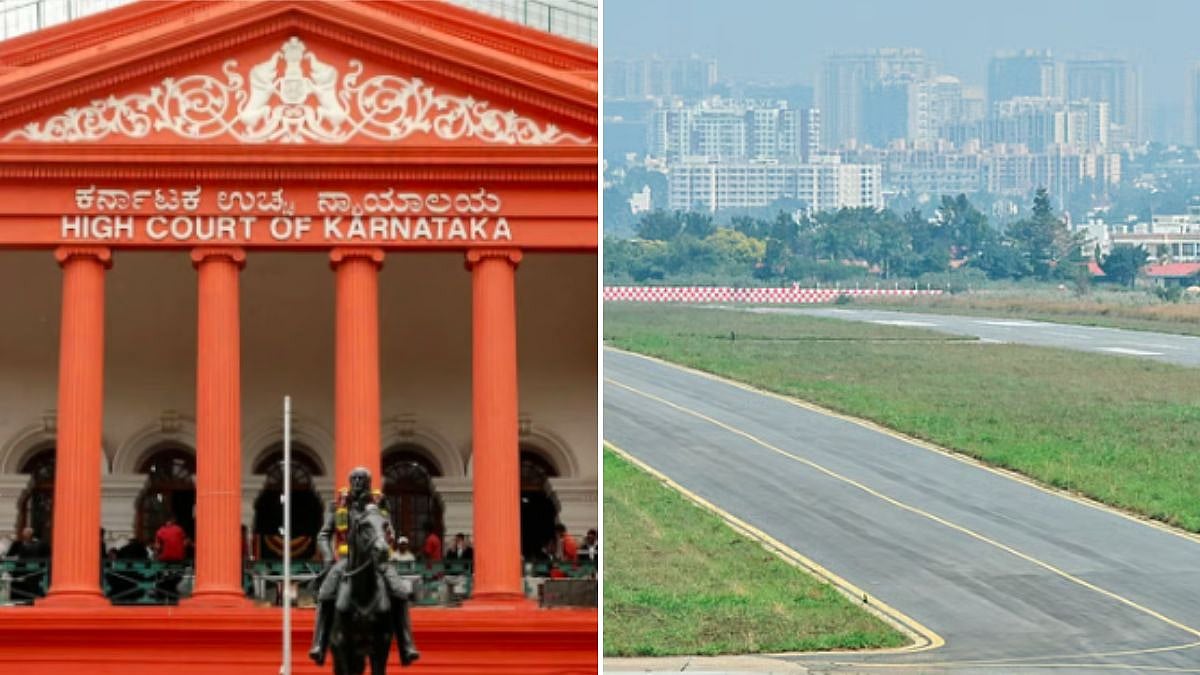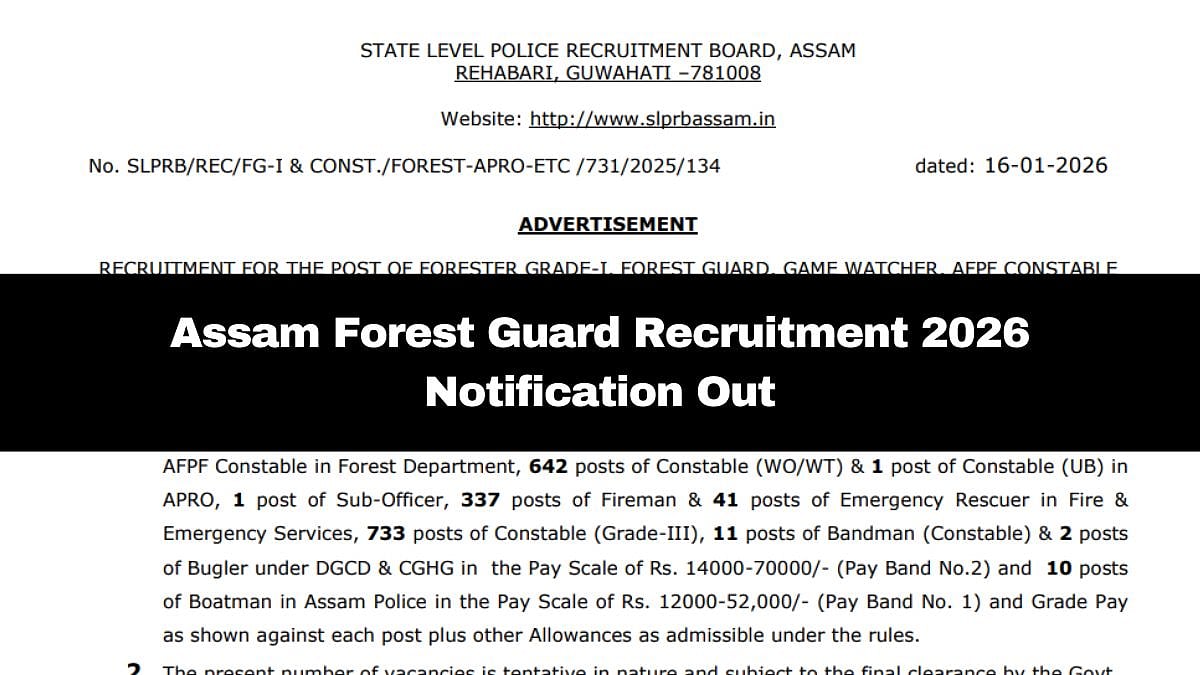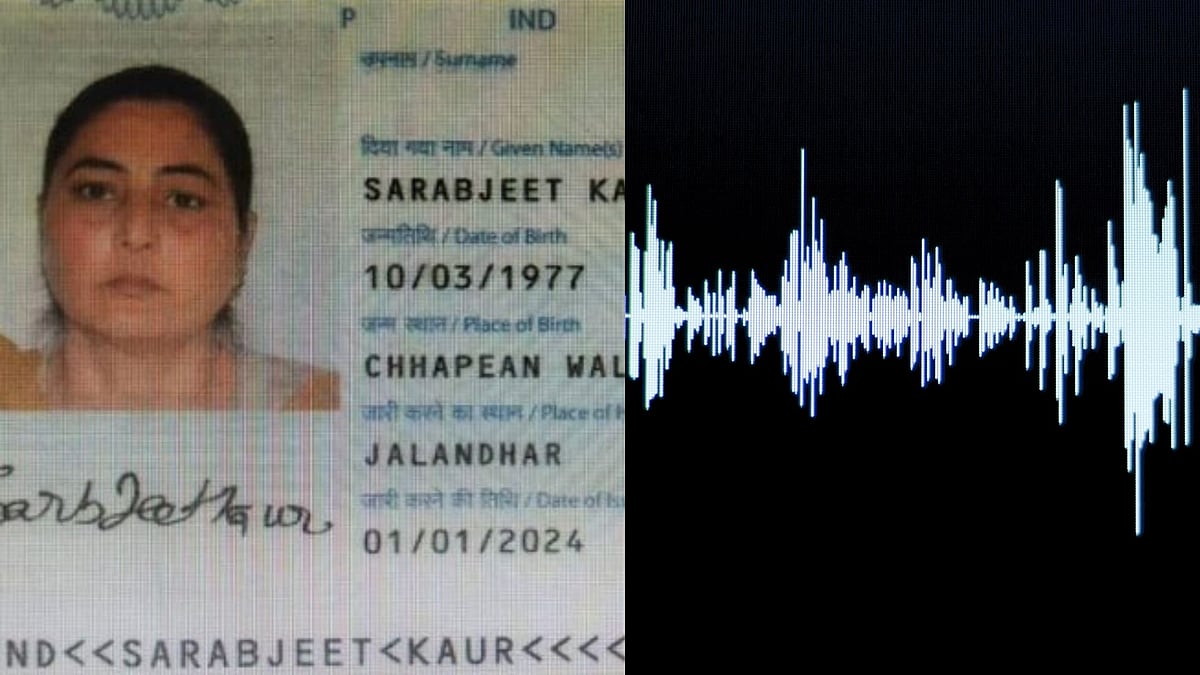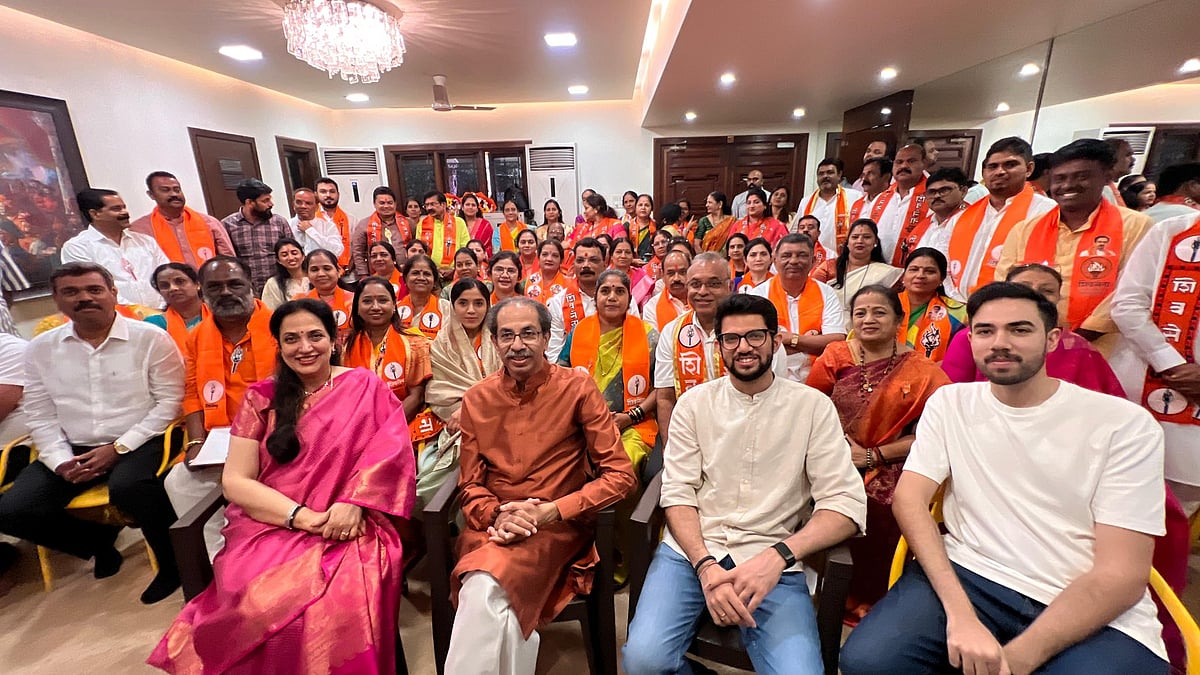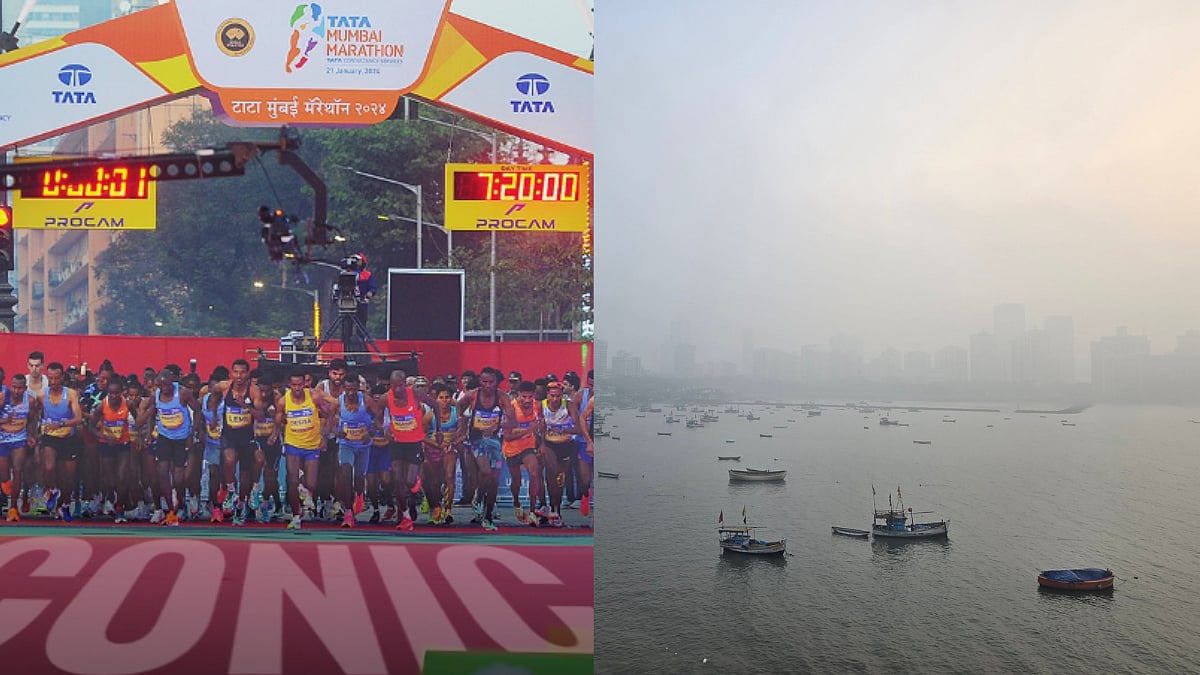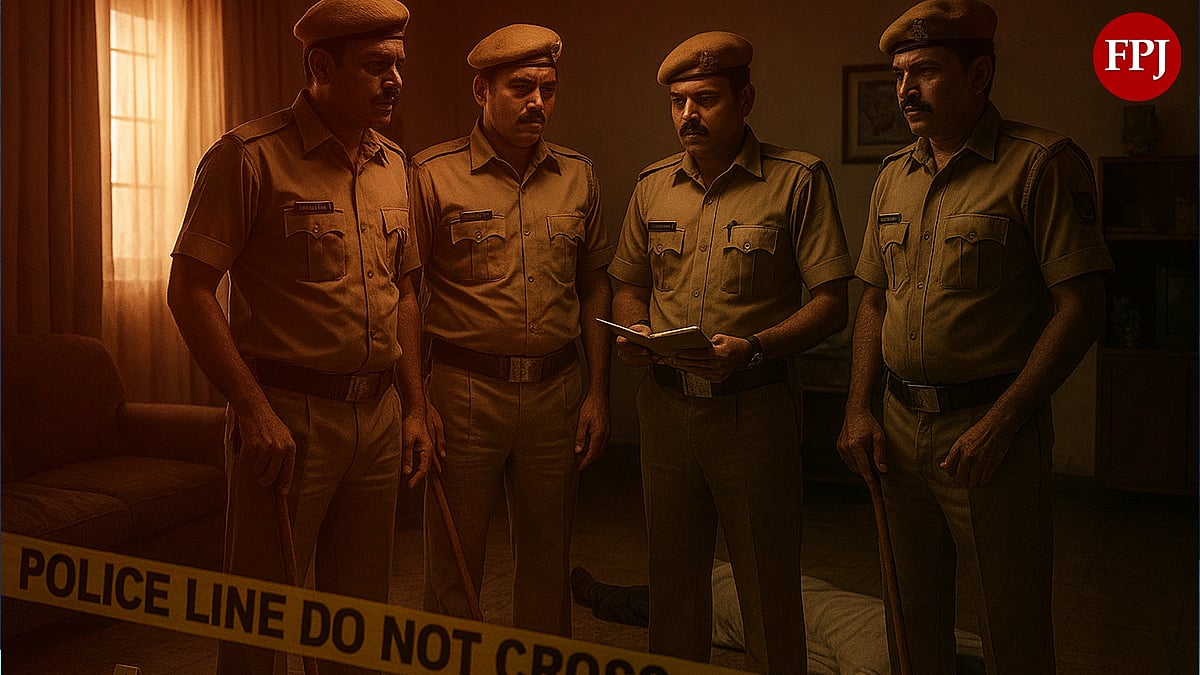Even as Mumbai’s neighbouring cities and satellite townships continue to grapple with a steep rise in COVID-19 cases, the World Health Organisation (WHO) has praised the efforts taken to contain the spread of COVID-19 in Dharavi. It may be mentioned here that Dharavi was a hot spot in June, but has seen a sharp drop in cases in July.
Addressing a virtual press conference from Geneva on Friday, WHO Director General, Dr Tedros Adhanom Ghebreyesus said that there were many examples from around the world that have shown that even if the outbreak is very intense, it can still be brought back under control. "And some of the examples are Italy, Spain, South Korea and even in Dharavi, a densely packed area in the mega city of Mumbai," he said, asserting the importance of community participation and aggressive testing in the battle against the pandemic.
Falling under the Brihanmumbai Municipal Corporation (BMC)’s G-North ward, Dharavi is one of the most congested parts of the city and is the largest slum sprawl in Asia, spread over 2.5 km. It has a population density of 2. 27 lakh per sq km. After the first COVID-19 case was reported from Dr Baliga Nagar on April 1, Dharavi soon became a cause of global concern — with nearly a million people living with poor sanitation in a 2.5-kilometre area. Maintaining physical distancing was impossible.
Dharavi reported 2,359 COVID-19 cases till Friday, with a severe spike in the number of cases in the month of May. A slew of steps taken by the BMC with maximum testing and maximum isolation of COVID-19 positive patients and their high-risk contacts under 'Mission Dharavi' helped contain the spread of COVID-19 in the area.
BMC Commissioner Iqbal Singh Chahal told The Free Press Journal on Saturday, "WHO itself has now praised the efforts by BMC in Dharavi. Dr Tedros himself has mentioned this is a unique case across the world. We are replicating the pattern across the city. The "Chase the virus" campaign will continue until we chase it out of Mumbai and completely.”
Speaking about the challenges faced by the BMC in Dharavi, Assistant Municipal Commissioner, G-North Ward, Kiran Dighavkar said there were more than 450 community toilets in the area, and 80 per cent of the population was dependent on these toilets. In each household, there were a minimum of 10 members, owing to which, social distancing was not possible, he said.
"The MCGMs approach was to follow the 4 Ts - Tracing, Tracking, Testing and Treating. We had conducted proactive screenings and fever camps that led us to early detection and helped us in the timely separation of suspected COVID-19 patients from the rest of the community," Dighavkar told FPJ.
The civic body not only carried out proactive screening in high risk zones, but also mobilised all private medical practitioners simultaneously, civic officials said. Private doctors were told to open their clinics and attend to patients, and the BMC sanitisied these clinics and supplied Personal Protective Equipment and other necessary precautionary gear to the doctors.
"Since home quarantine was not an option in the area, the focus was to set up maximum institutional facilities, covering all available schools, marriage halls and sports complexes. Within 14 days, a 200-bed hospital was set up with oxygen facilities,” Dighavkar said.
As many as 90 per cent of the patients were treated in Dharavi itself, and only the critical patients were moved out of Dharavi for admission in hospitals, he added.
"The high risk zones were sealed and community leaders were appointed as part of BMC's 'Covid Yoddha Plan' to address all the issues,” the ward officer said.
With 1,735 patients from Dharavi having recovered and been discharged from hospitals, the recovery rate has shot up to 74 percent in July from 49 per cent the previous month. The average doubling rate of cases in Dharavi stands at 430 days.
"The WHO acknowledgement comes as an encouragement to BMC frontline workers who have been working day and night to ensure the spread is contained, risking their own lives. Mission Dharavi has become an example not just for India but for congested regions across the globe," said a senior BMC official.
Member of Parliament from Mumbai South Constituency Rahul Shewale said, "WHO's acknowledgment of Dharavi Pattern of fighting coronavirus spread is an honour for the collective efforts and struggle of the state government, BMC, public representative and all the frontline workers, not to forget the Dharavikars."
Dharavi reported 12 new COVID-19 cases on Friday, taking the area's cumulative case count to 2,359. However, as on July 10, Dharavi had only 166 active cases and 1,952 patients had already been cured and discharged.
